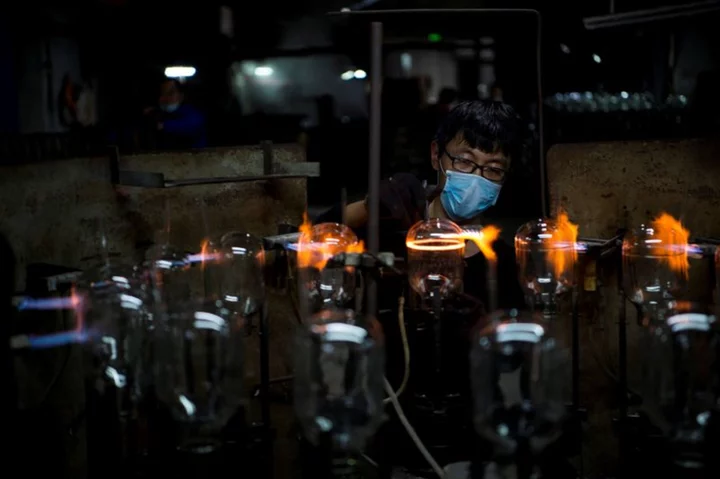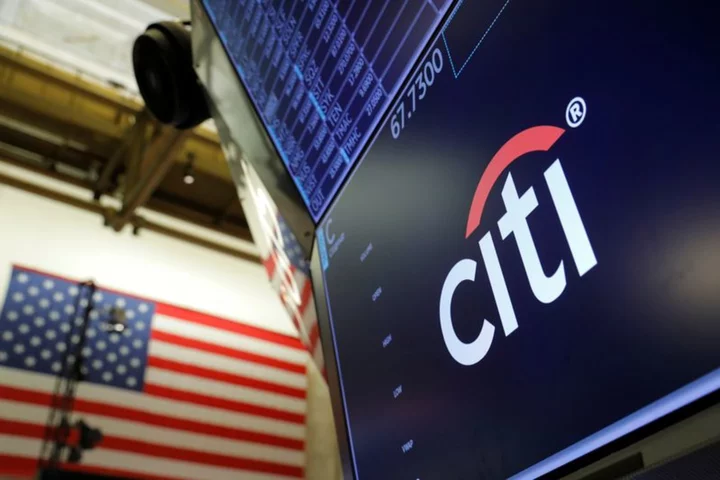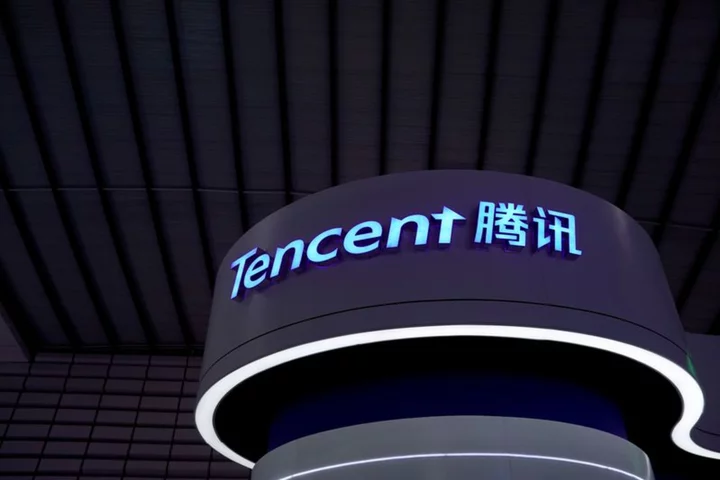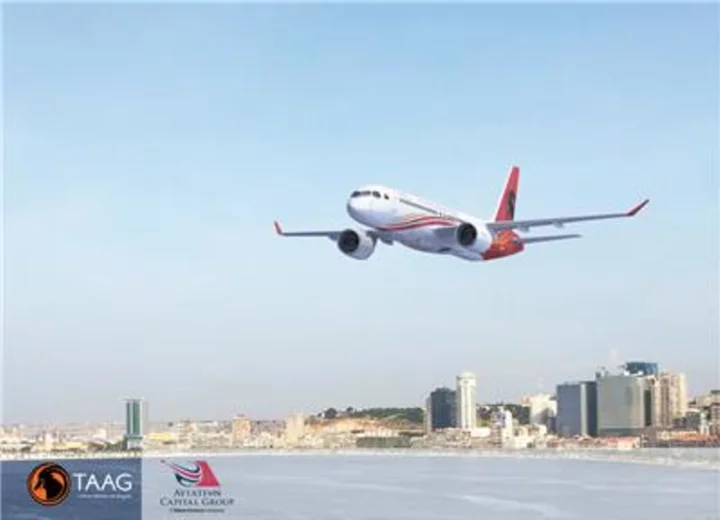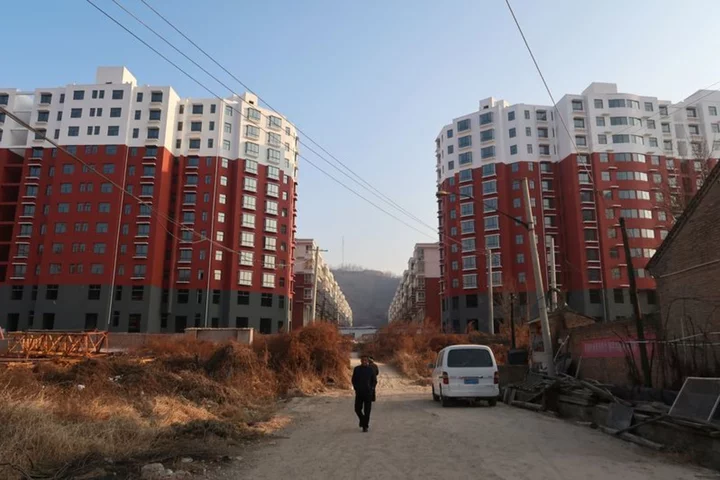BEIJING China's factory activity growth slowed in June, a private sector survey showed on Monday, with sentiment waning and recruitment cooling as firms grew increasingly concerned about sluggish market conditions.
The Caixin/S&P Global manufacturing purchasing managers' index (PMI) eased to 50.5 in June from 50.9 in May, indicating a marginal expansion in activity. The 50-point index mark separates growth from contraction.
The figure, combined with Friday's official survey that showed factory activity extending declines, adds to evidence the world's No. 2 economy lost momentum in the second quarter as demand weakened.
The Caixin manufacturing PMI surveys around 650 private and state-owned manufacturers and, according to economists, focuses more on export-oriented firms in coastal regions, while the official PMI surveys 3,200 companies across China.
The soft PMIs, which are considered a leading economic indicator, show China struggling to sustain the post-COVID recovery seen earlier this year amid an entrenched property downturn, high youth unemployment and deflationary pressures.
Markets now anticipate more policy support to bolster a stuttering economic recovery, despite the central bank cutting key lending benchmark rates in June to shore up activity.
"A slew of recent economic data suggests that China's recovery has yet to find a stable footing, as prominent issues including a lack of internal growth drivers, weak demand and dimming prospects remain," said Wang Zhe, senior economist at Caixin Insight Group.
"Problems reflected in June's Caixin China manufacturing PMI, ranging from an increasingly dire job market to rising deflationary pressure and waning optimism, also point to the same conclusion."
The survey showed expansion of both manufacturing output and new orders softened in June.
Muted sales growth led factory owners to maintain a cautious approach to employment, which fell for the fourth month in a row.
The improved supply situation and softer-than-expected demand placed further downward pressure on prices. Input costs fell at the steepest pace seen since January 2016.
The sub-index of new export orders, which was fractionally above 50, signalled little change in the amount of new business from abroad. Companies said a weaker global economic climate had dampened export orders for consumer and investment goods, although demand for intermediate goods picked up.
Optimism for the 12-month outlook returned to the same low level seen last October. Around 17% of manufacturers forecast higher production over the next year, compared with 6% that anticipated a fall.
The State Council, or cabinet, proposed further measures to support consumption of household products including home decoration and home appliances on Thursday. It also unveiled a 520 billion yuan ($72 billion) package of tax breaks for electric vehicles last month to shore up consumption.
($1 = 7.2535 Chinese yuan)
(Reporting by Ellen Zhang and Ryan Woo; Editing by Sam Holmes)

